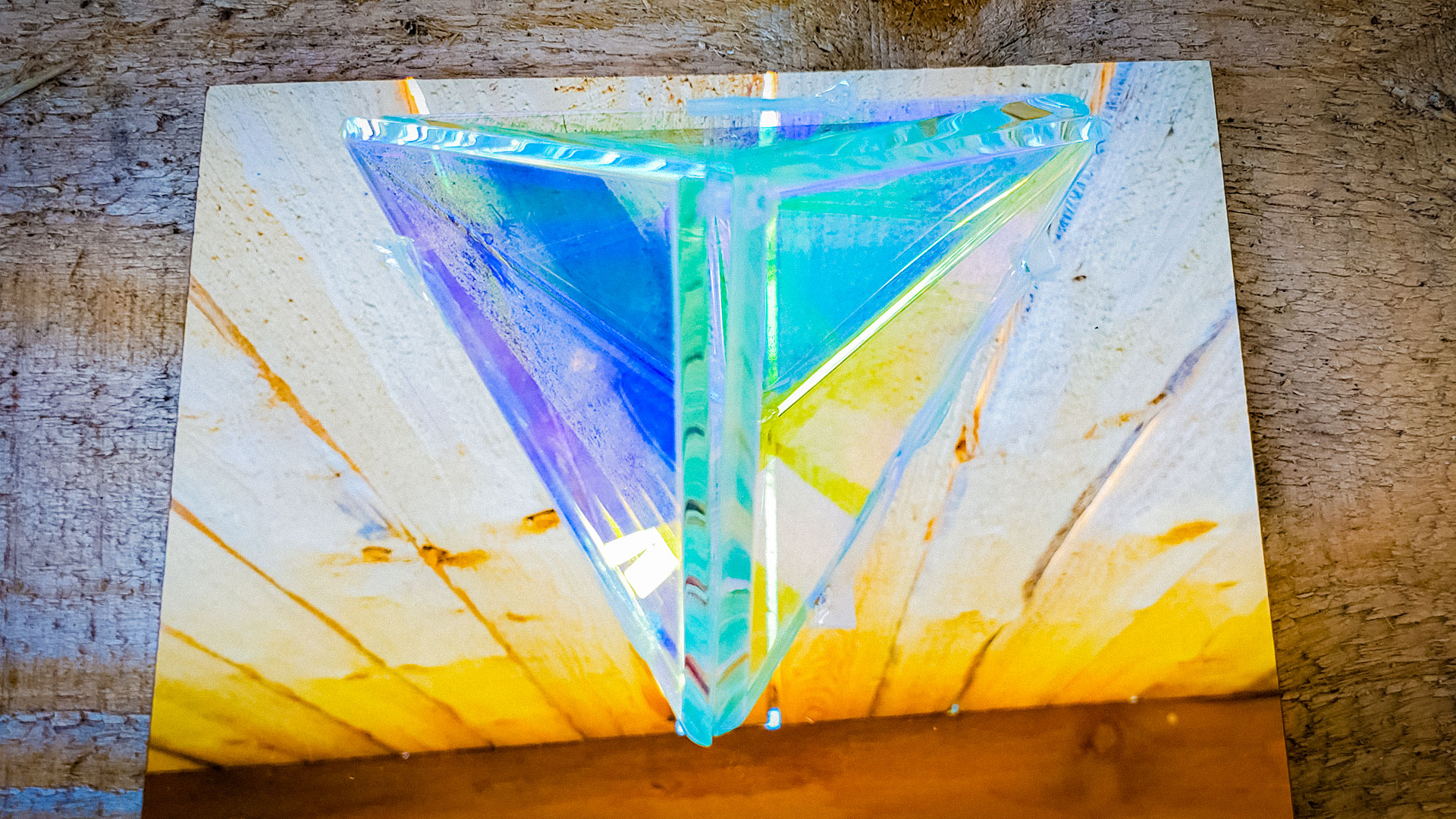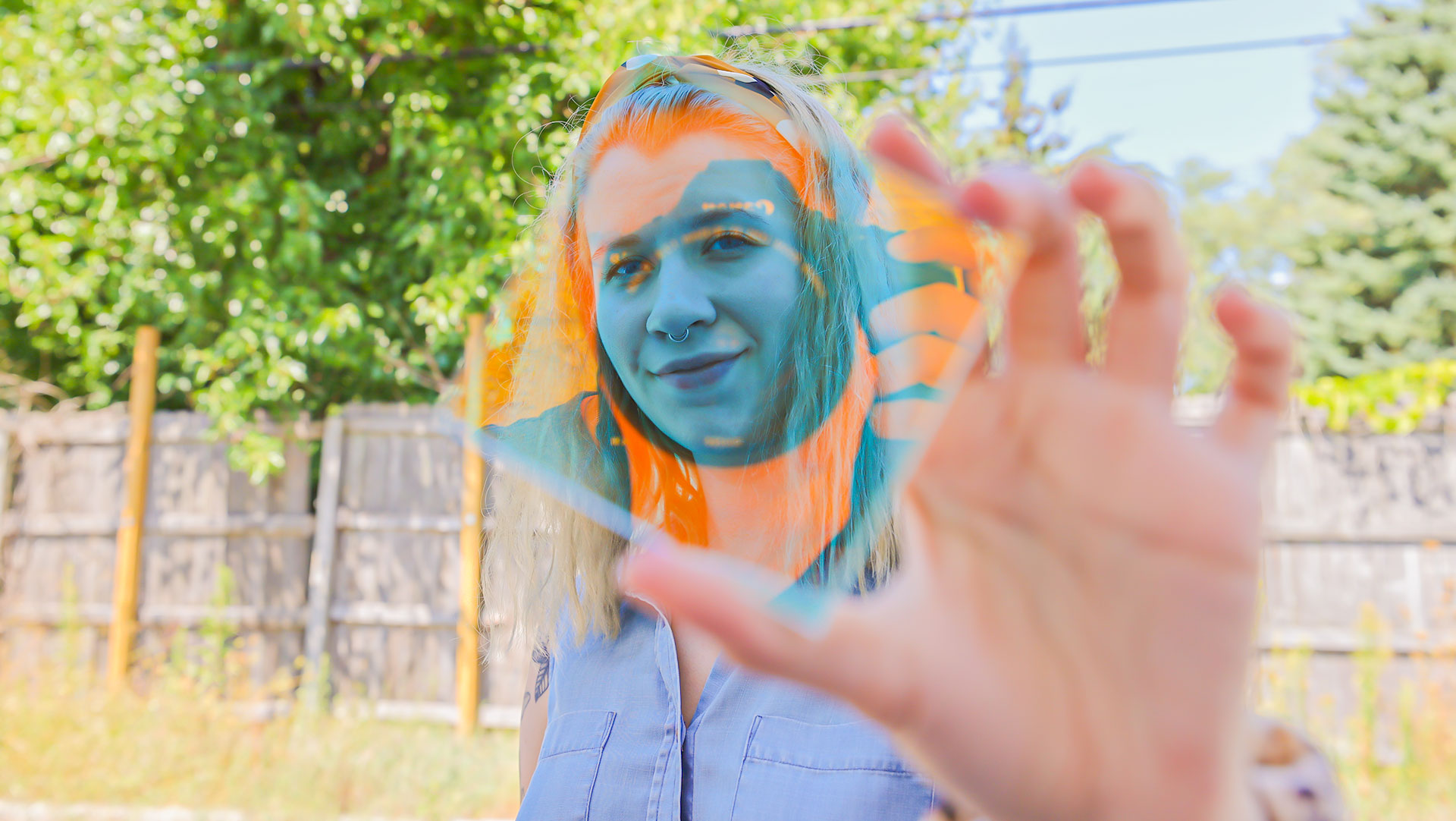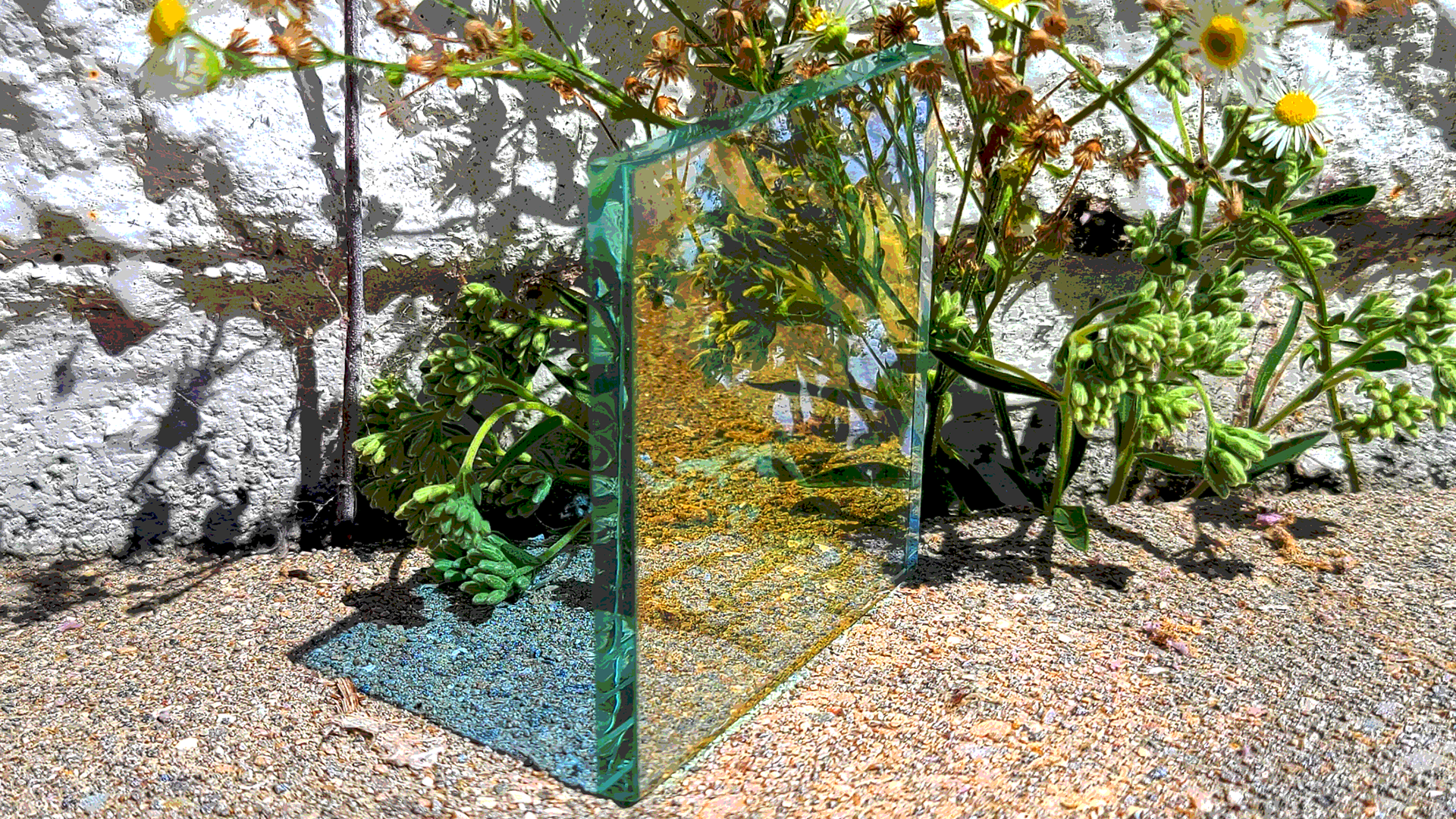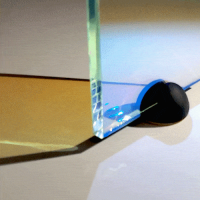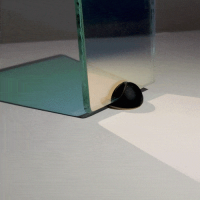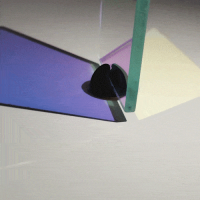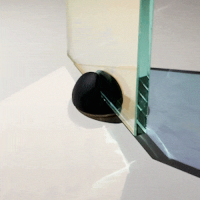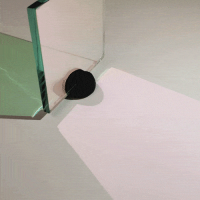|
|
Dichroic Glass, also known as color effects glass, reflects some colors and allows others to pass through. This unique glass displays two different colors, by changing color depending on certain lighting. The word “Dichroic’ comes from the two Greek words, ‘Di’ means two, and ‘chroma’ means color.
Product Description
Dichroic Glass, also know as color effects glass, is a color changing glass. This glass grabs everyone’s attention, while it produces iridescent color effects.
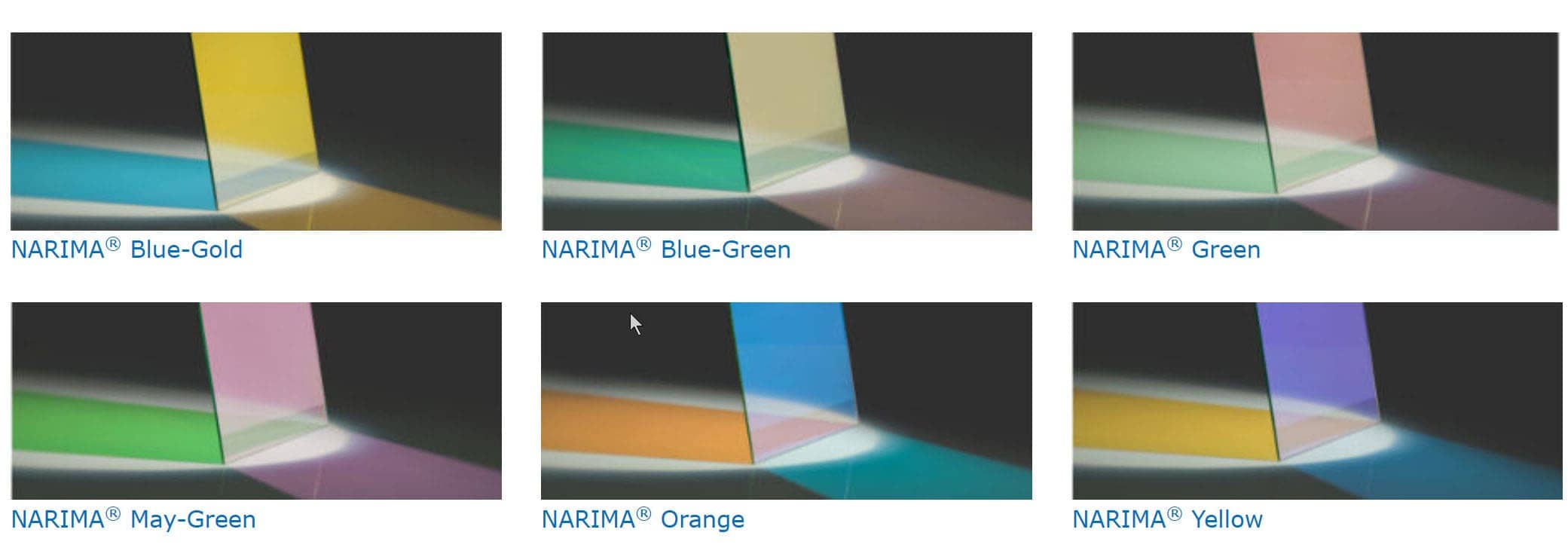
Video Gallery
How is Dichroic Glass Made?
Dichroic Glass was first invented in the Roman Empire. It was originally created with gold and silver. This resulted in glass that only reflects light passing through.
In the 1950’s and 1960’s, NASA used it, but instead of using silver and gold, they developed a way to vaporizer metals with electron beams in a vacuum chamber; applying it directly to surfaces in an ultra thin film. The process requires 15-45 layers, this is thinner than a human hair!
Applications
- Fused Art
- Jewelry
- Scientific Operations
- Tile
- Ceramics
- Pottery
- Aesthetic design elements
- Decorative
- Rods
- Gems
- Jewels
- Buttons
- Stained Glass
- Blown glass
- Castings
- Facade designs
- balcony designs
- Mosaic Glass Art
Features
- Highly Scratch-resistant
- Thermal Resistant
- Coatings is strong
- CE Certified
- Weatherproof
- Chemical Resistant
Buy a Sample
| 3″ x 3″ Dichroic Glass Blue-Gold Sample – 1/4″ Thickness | $9.95Add to cart |
| 3″ x 3″ Dichroic Glass Blue-Green Sample – 1/4″ Thickness | $9.95Add to cart |
| 3″ x 3″ Dichroic Glass Green Sample – 1/4″ Thickness | $9.95Add to cart |
| 3″ x 3″ Dichroic Glass May-Green Sample – 1/4″ Thickness | $9.95Add to cart |
| 3″ x 3″ Dichroic Glass Orange Sample – 1/4″ Thickness | $9.95Add to cart |
| 3″ x 3″ Dichroic Glass Yellow Sample – 1/4″ Thickness | $9.95Add to cart |
Specifications
| Color Effects Glass | Reflection Color | Transmission Color |
| Blue-Gold | gold | blue |
| Blue-Green | violet | blue-green |
| Green | violet | light-green |
| May-Green | violet | green |
| Yellow | blue | yellow |
| Orange | blue-silver | orange |
Frequently Asked Questions
Can I fire Dichroic Glass?
Yes! Fire it with the coated side on top to give a textured look!
Can I scratch the surface of the mirror?
All though, it is very unlikely due to the tough coating, it is still possible!
Will my mirrors break during shipment?
Our mirrors are fully insured and packaged in custom boxes and wrapped in strong, flexible packing materials to ensure that they’re well-protected during transit. If they should arrive broken, send us a picture of the broken glass and the outside of the box, and we will send replacements right away.
How does it display two different colors?
This glass displays 2 different colors depending what angle you are looking at, and the lighting conditions. This is because the glass is created by stacking micro layers onto the glass, each side has different colors added to it creating the two toned effect.
Can it be cut like standard glass?
Yes, it can be cut like a standard mirror. Once you fuse it, it will be more difficult to cut due to the added layers. When cutting the glass, cut the non coated side so the glass won’t be damaged or scratched during the cutting process.
What is the best way to tell the difference between the colors?
The best way to do this is to place the glass onto a white surface, like a blank sheet of printer paper. The color that is now on the glass, is the color it will be.
Can you do the fingernail test on Dichroic Glass?
Yes, you can! Place your finger onto the glass, if there is a gap then that is the non-coated side. Now try the other side, there should be no gap. This side if the mirror coated side.

